Home>Ideas and Tips>Smart Home Security System Integration for Comprehensive Protection
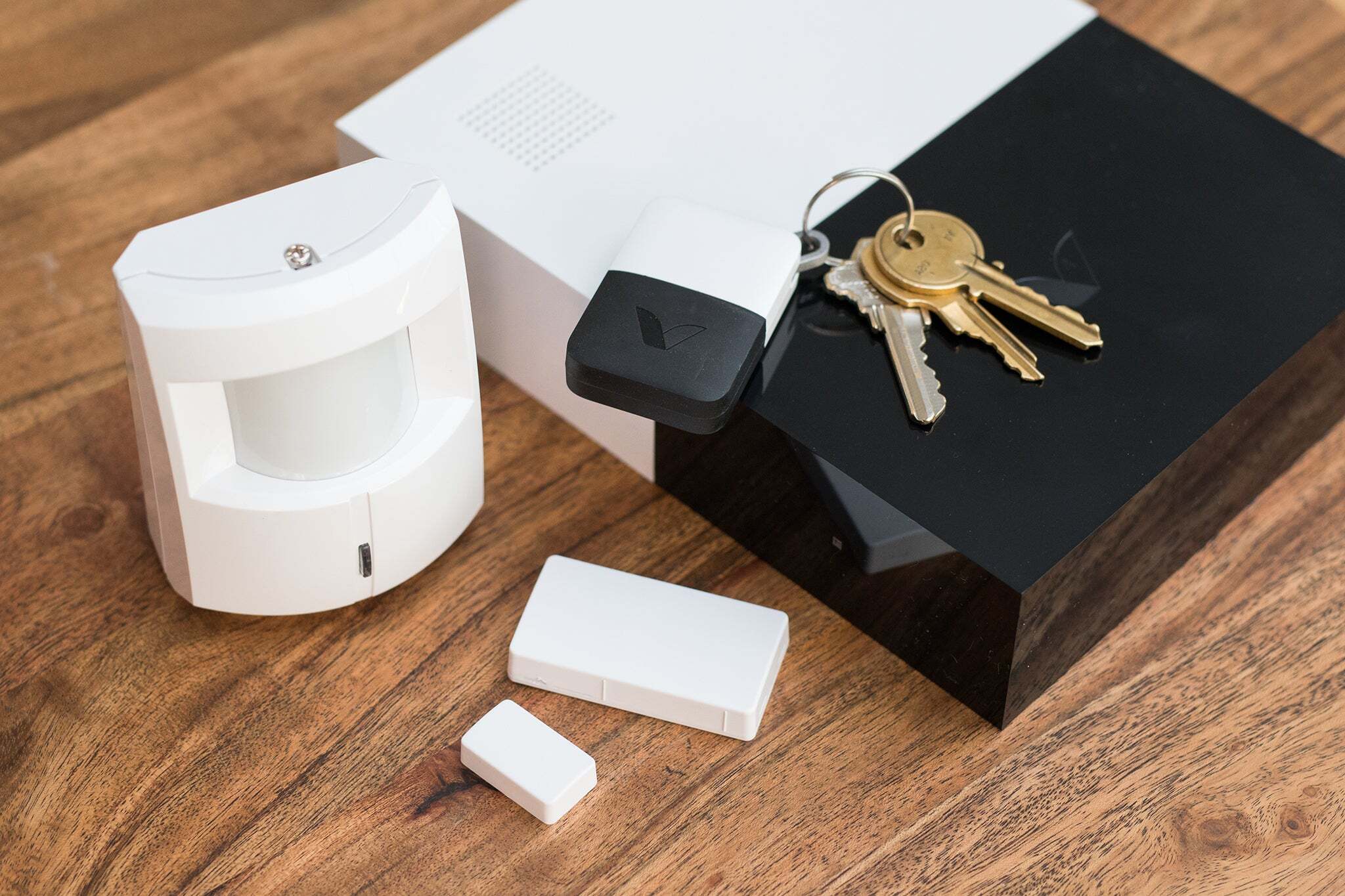

Ideas and Tips
Smart Home Security System Integration for Comprehensive Protection
Published: September 23, 2024
Discover the benefits and components of smart home security integration for enhanced safety, convenience, and energy efficiency in your home.
(Many of the links in this article redirect to a specific reviewed product. Your purchase of these products through affiliate links helps to generate commission for Storables.com, at no extra cost. Learn more)
In today's digital age, home security has evolved significantly with the advent of smart home technology. Integrating security systems with home automation not only enhances the overall safety and convenience of a home but also provides a comprehensive solution for homeowners seeking to protect their property and loved ones. This article delves into the benefits, components, and best practices of smart home security system integration, providing readers with a detailed understanding of how to elevate their home's protection to the next level.
The Evolution of Home Security
Historically, home security systems were primarily focused on intrusion detection and alarm systems. However, with the rise of smart home technology, security systems have become more sophisticated and integrated with various smart devices. According to SDM’s 2025 Industry Forecast, the intrusion alarm market remains robust, driven largely by innovations in smart home technology and enhanced security solutions. This shift towards device-centric security reflects a broader consumer appetite for comprehensive, yet user-friendly, home protection systems.
Read more: Shadows Of The Future Smart Home Integration
What is Smart Home Security System Integration?
Smart home security system integration involves seamlessly incorporating various smart home devices, such as thermostats, lights, locks, cameras, and sensors, into a cohesive network to enhance home security and automation. This integration enables homeowners to monitor and control multiple aspects of their home environment from a smart hub or mobile app. Using compatible connectivity protocols like Wi-Fi or Z-Wave, these devices communicate with each other and the central hub, allowing for synchronized actions and real-time alerts.
Components of Smart Home Security Systems
-
Smart Cameras:
- Smart cameras play a crucial role in a complete smart home security system. These advanced devices offer high-definition video surveillance and can be programmed to detect motion, sound, or specific events, thereby improving security measures. Integrating smart cameras with your alarm system elevates protection to the next level and provides enhanced security benefits for your home or business.
-
Smart Locks:
- Smart locks seamlessly integrate with home security systems and cameras to provide a comprehensive security solution. These innovative locks enable remote locking and unlocking of doors via a smartphone, offering unparalleled convenience and control for homeowners and business owners. Smart locks not only enhance security but also offer valuable insights that safeguard the property.
-
Smart Lights and Outlets:
- Smart lights and outlets offer a multitude of benefits when integrated with a smart home security system. These advanced lighting solutions use internet-connected devices to automate and remotely control the lights in your home, improving energy efficiency and enhancing security measures. By incorporating smart lights and outlets into your smart security system, you gain the ability to remotely monitor and manage your lighting, thereby deterring potential intruders by creating the illusion of an occupied home even when you’re away.
-
Smart Thermostats:
- Smart thermostats work seamlessly with other smart devices, such as cameras and locks, to provide better energy savings and precise temperature control. For example, the Alarm.com Smart Thermostat easily connects to compatible security systems, enabling remote monitoring and control via a downloadable app. This allows users to adjust their thermostat settings from anywhere for optimal indoor comfort and energy conservation.
-
Sensors:
- Expanding sensor coverage is crucial for comprehensive security. Brands like Ring and SimpliSafe offer an extensive range of sensors designed to enhance your security. Door and window sensors provide essential perimeter protection, triggering an alert whenever an entry point is breached. Motion sensors, available in both indoor and outdoor variants, detect movement within their designated range and serve as an essential layer of detection. Environmental sensors add another layer of protection by detecting potential hazards in your home, such as fire outbreaks or carbon monoxide levels.
Benefits of Smart Home Security System Integration
Integrating security features into home automation brings a host of benefits for homeowners. By seamlessly incorporating smart cameras, motion sensors, and smart locks into the automation ecosystem, homeowners can enjoy real-time monitoring, remote control, and automation of security measures.
Convenience and Efficiency
-
Centralized Control:
- Security system integration enables homeowners to manage their security system and everyday comforts with unparalleled ease. By centralizing control through a smart hub or mobile app, homeowners can effortlessly monitor and adjust settings, set up automation and scheduling routines to suit their lifestyles.
-
Automation and Scheduling:
- Smart home devices can be programmed to behave in ways that align with the homeowner's lifestyle. For instance, smart thermostats can optimize heating and cooling based on occupancy patterns, while smart lights can be set to turn on and off at specific times to create a lived-in appearance even when the house is empty.
-
Real-Time Monitoring:
- Integration allows for real-time monitoring and instant alerts in case of suspicious activities or emergencies. Homeowners can access their security system app to check their live camera feed anytime, ensuring they are always informed about what is happening in their home.
Enhanced Security
-
Comprehensive Coverage:
- Integrating security devices such as cameras, sensors, and smart locks offers homeowners comprehensive coverage and peace of mind. Smart cameras can be programmed to detect motion or specific events, enhancing surveillance capabilities. Smart locks provide secure access control, ensuring that only authorized individuals can enter the home.
-
Customization and Personalization:
- Security system integration promotes customization and personalization. Homeowners can tailor security settings and automation routines to their preferences, ensuring that the system works seamlessly with their daily routines.
-
Cybersecurity Awareness:
- As smart homes become more integrated, cybersecurity is a growing concern for homeowners. It is critical for security system integrators to prioritize robust security features in their products and educate integrator partners on best practices to ensure that smart homes are safe from cyberattacks.
Energy Efficiency
-
Smart Thermostats:
- Smart thermostats contribute to energy savings by adjusting the temperature based on occupancy patterns. This ensures optimal comfort while reducing energy wastage. Integration with the security system allows smart thermostats to enhance comfort and security by adjusting the temperature when the security system is armed or disarmed.
-
Smart Lighting:
- Smart lights offer automated lighting schedules that create a lived-in appearance even when the house is empty, deterring potential intruders. By incorporating smart lights into your smart security system, you gain the ability to remotely monitor and manage your lighting, thereby enhancing energy efficiency and security measures.
Potential Insurance Benefits
Implementing a smart home security system can lead to potential insurance benefits and discounts from insurance providers. Many insurance companies recognize the proactive approach of integrating smart security measures, reducing the likelihood of property damage and losses. Homeowners may become eligible for premium discounts based on the level of security measures implemented and the overall automation level of the home.
Steps to Integrate Smart Home Security Systems
Integrating smart home security systems is a straightforward process that can be achieved through several steps:
-
Assess Your Current System:
- Begin by evaluating your existing home security system to determine what components are already in place and what additional features you need to enhance your protection.
-
Choose Compatible Devices:
- Select devices that are compatible with your existing system or the central hub you plan to use. Ensure that these devices communicate using compatible connectivity protocols like Wi-Fi or Z-Wave.
-
Set Up the Central Hub:
- Install the central hub or app that will manage all your smart home devices. This hub should be user-friendly and allow for seamless integration with various smart devices.
-
Configure Automation Routines:
- Program automation routines that align with your lifestyle. For example, set up your smart lights to turn on and off at specific times or adjust your thermostat settings based on occupancy patterns.
-
Monitor and Adjust:
- Regularly monitor your security system and adjust settings as needed. Use real-time alerts to stay informed about any unusual activity in your home.
-
Ensure Cybersecurity:
- Prioritize cybersecurity by using strong passwords, regularly updating firmware, enabling network encryption, and implementing two-factor authentication to secure your smart home network.
Conclusion
Smart home security system integration offers homeowners a powerful and comprehensive solution for enhanced safety and convenience. By seamlessly incorporating smart cameras, locks, sensors, and thermostats into the automation ecosystem, homeowners can enjoy real-time monitoring, remote control, and automation of security measures. The synergy between smart devices creates a proactive and interconnected security ecosystem capable of responding to potential threats effectively. Additionally, the flexibility of customization and potential insurance benefits further reinforce the value of smart home security integration.
As technology continues to advance, embracing the integration of security and automation paves the way for a safer, more efficient, and more connected living experience in the modern era of smart homes. Homeowners seeking to elevate their home's protection should consider integrating smart home security systems into their existing infrastructure for a comprehensive and sophisticated security solution.
By following these steps and understanding the benefits of smart home security system integration, homeowners can create a safer and more convenient living environment that not only protects their property but also enhances their overall quality of life.
Was this page helpful?
At Storables.com, we guarantee accurate and reliable information. Our content, validated by Expert Board Contributors, is crafted following stringent Editorial Policies. We're committed to providing you with well-researched, expert-backed insights for all your informational needs.
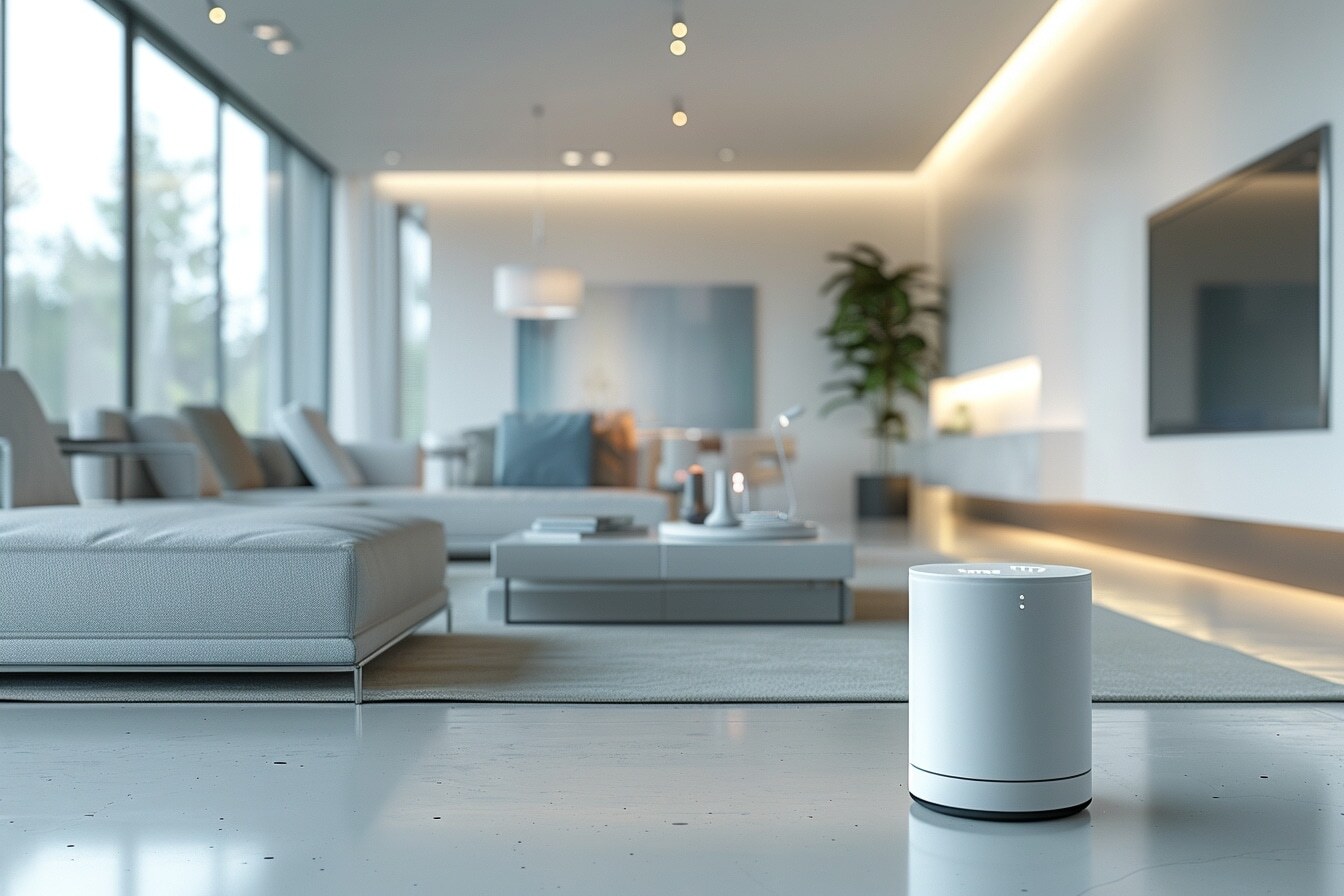
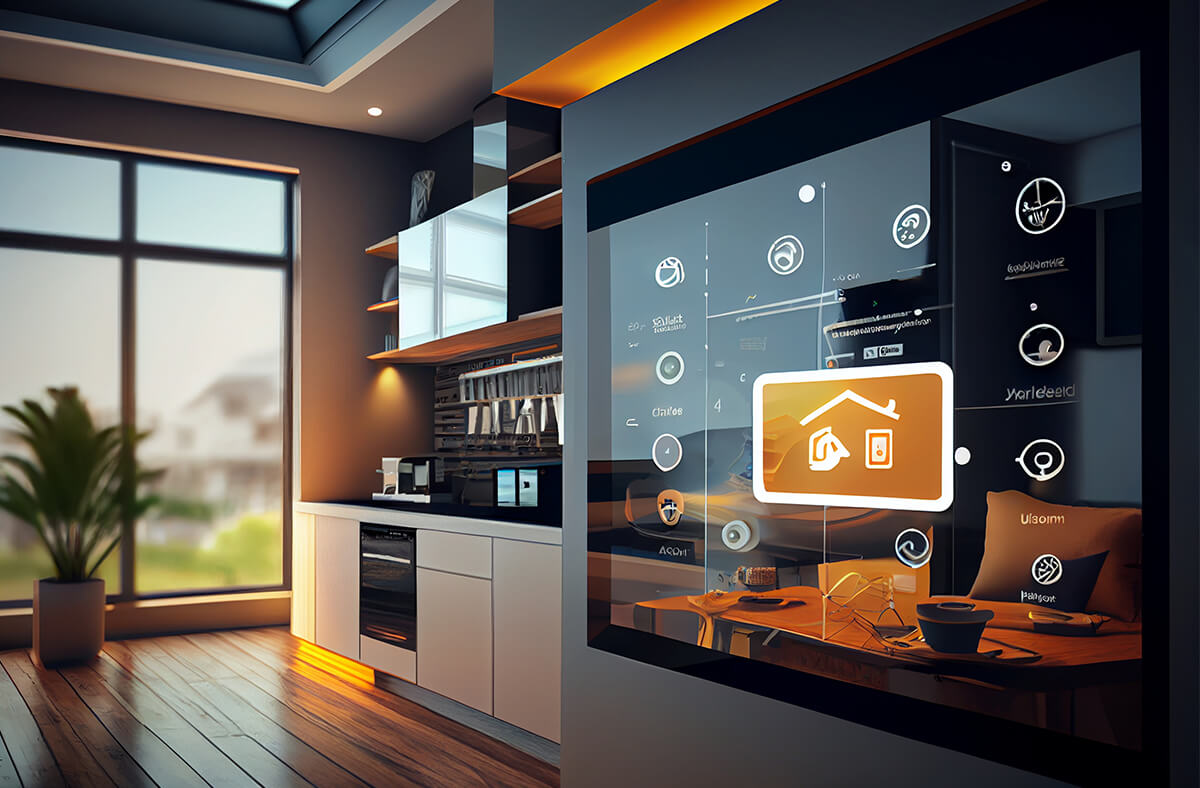
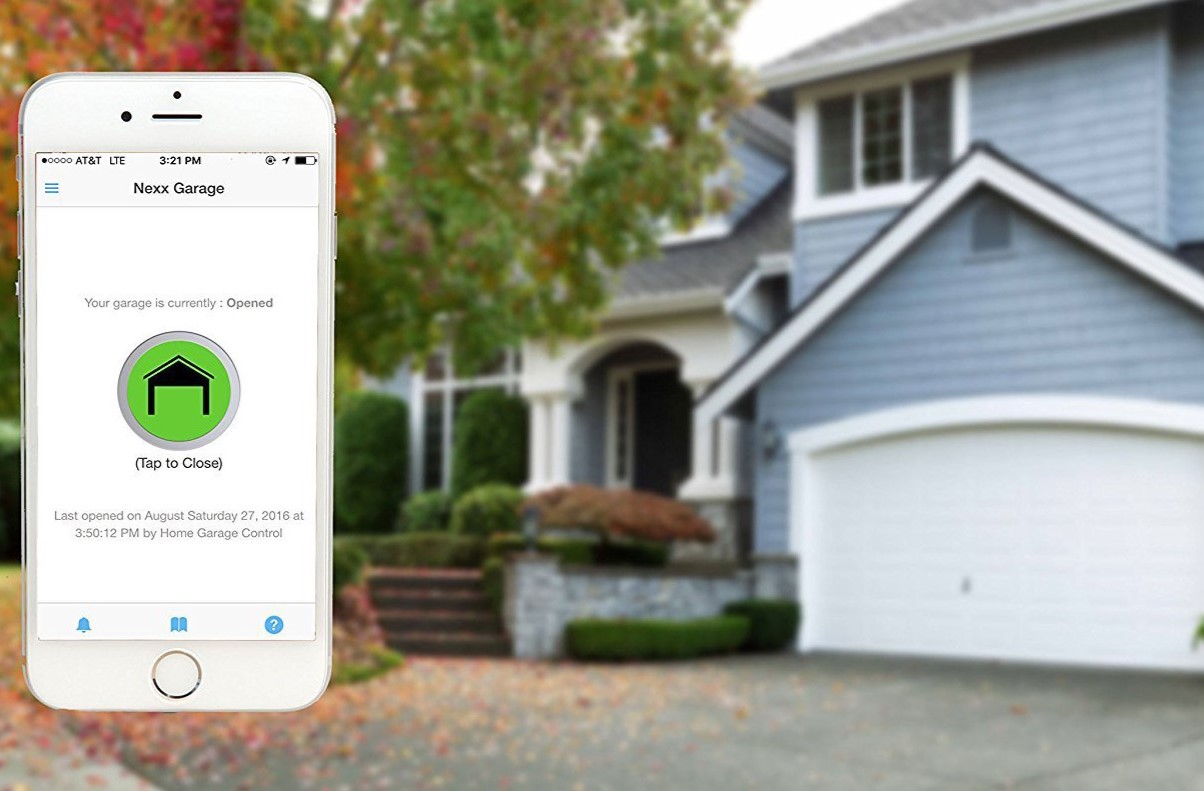
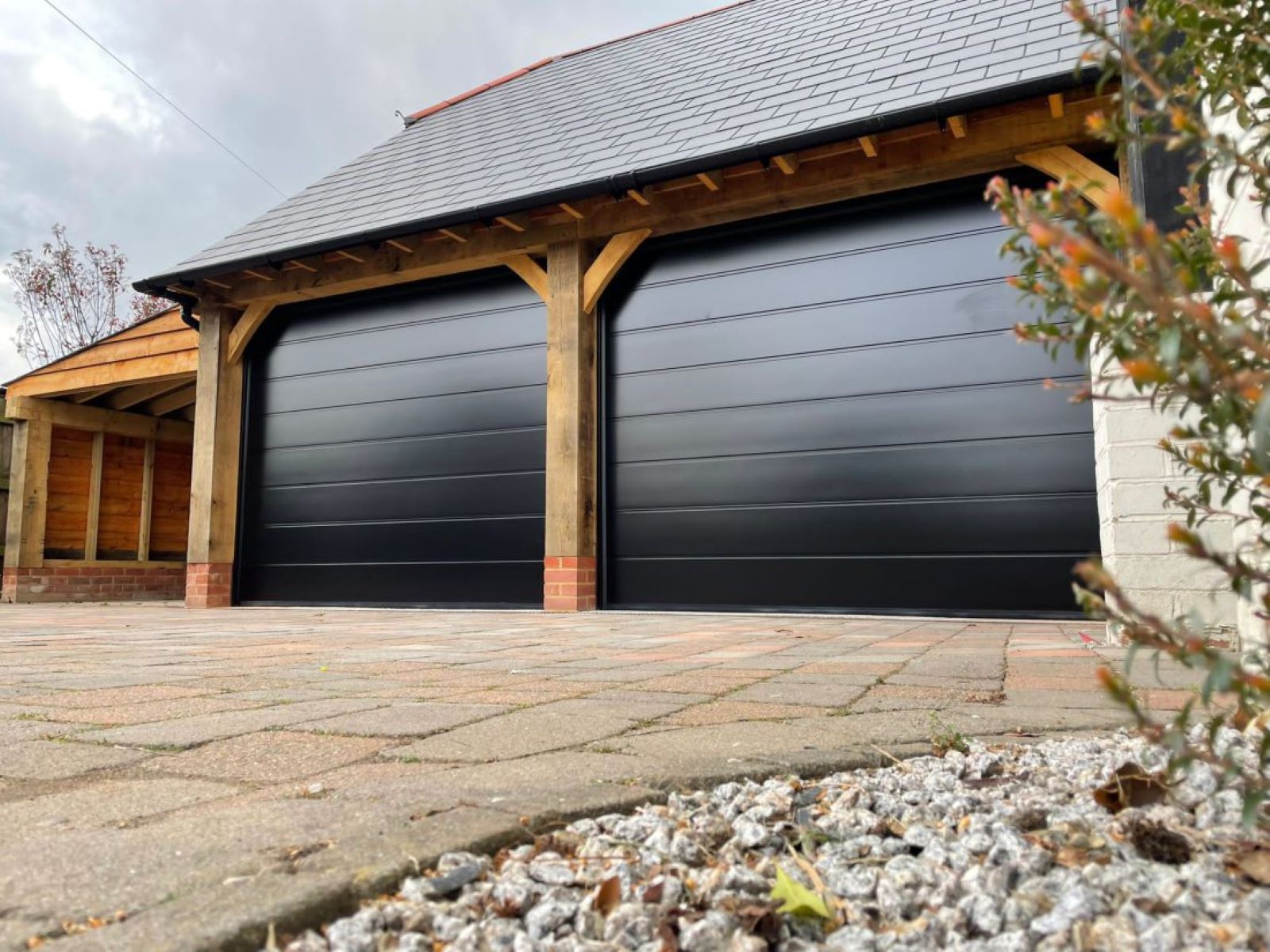
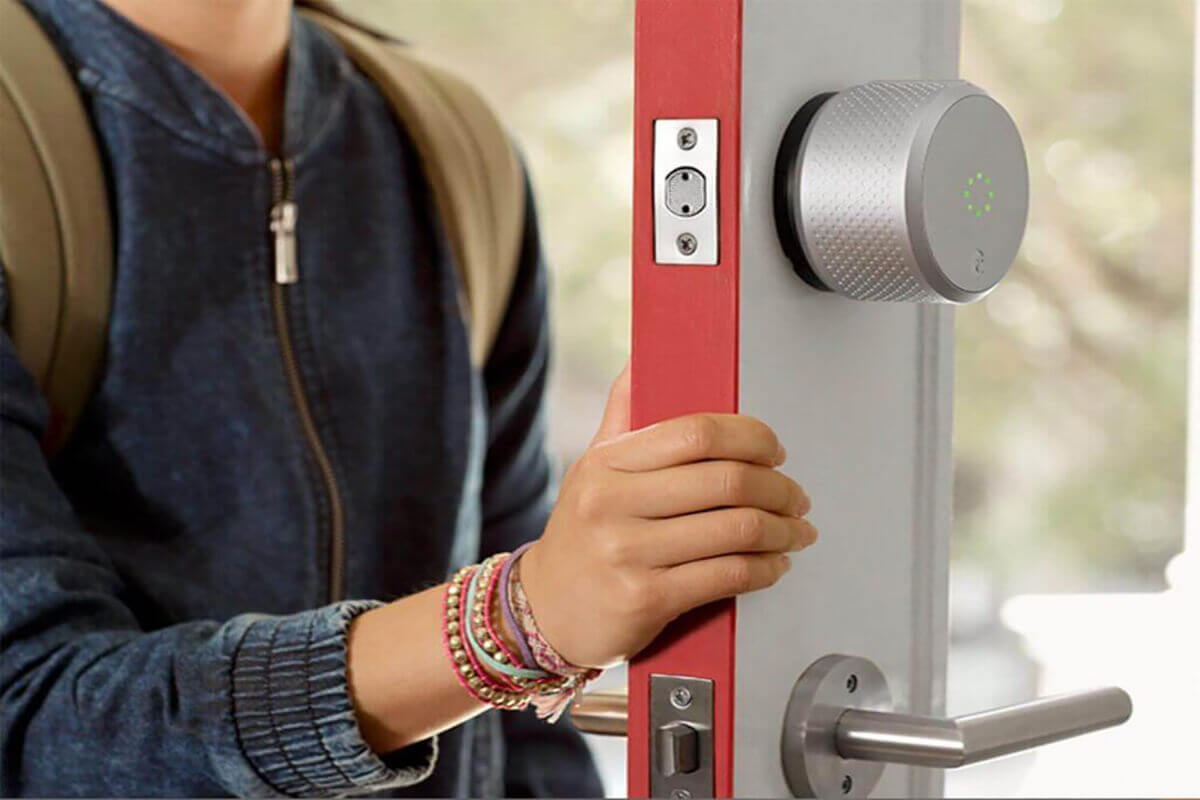

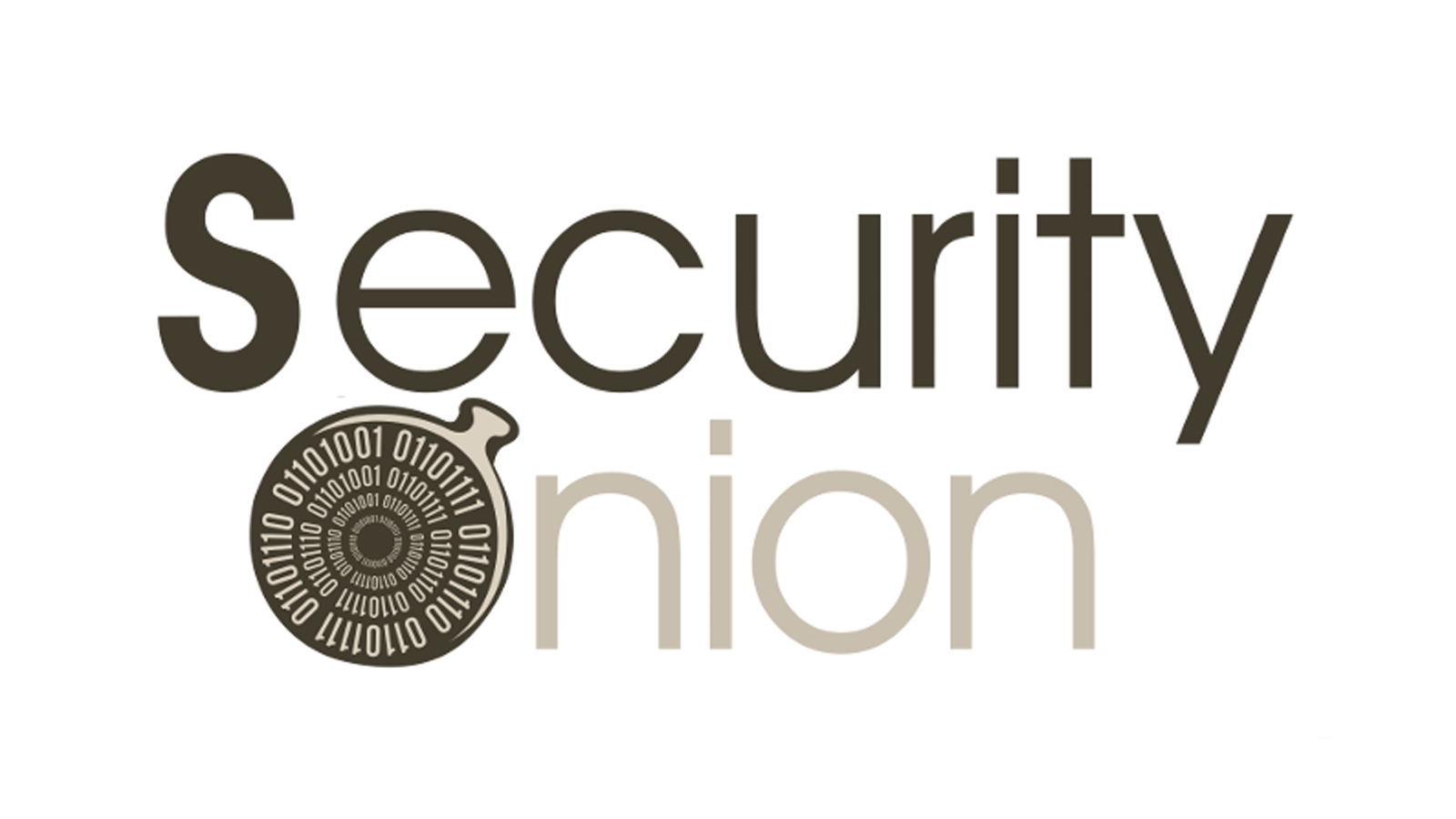
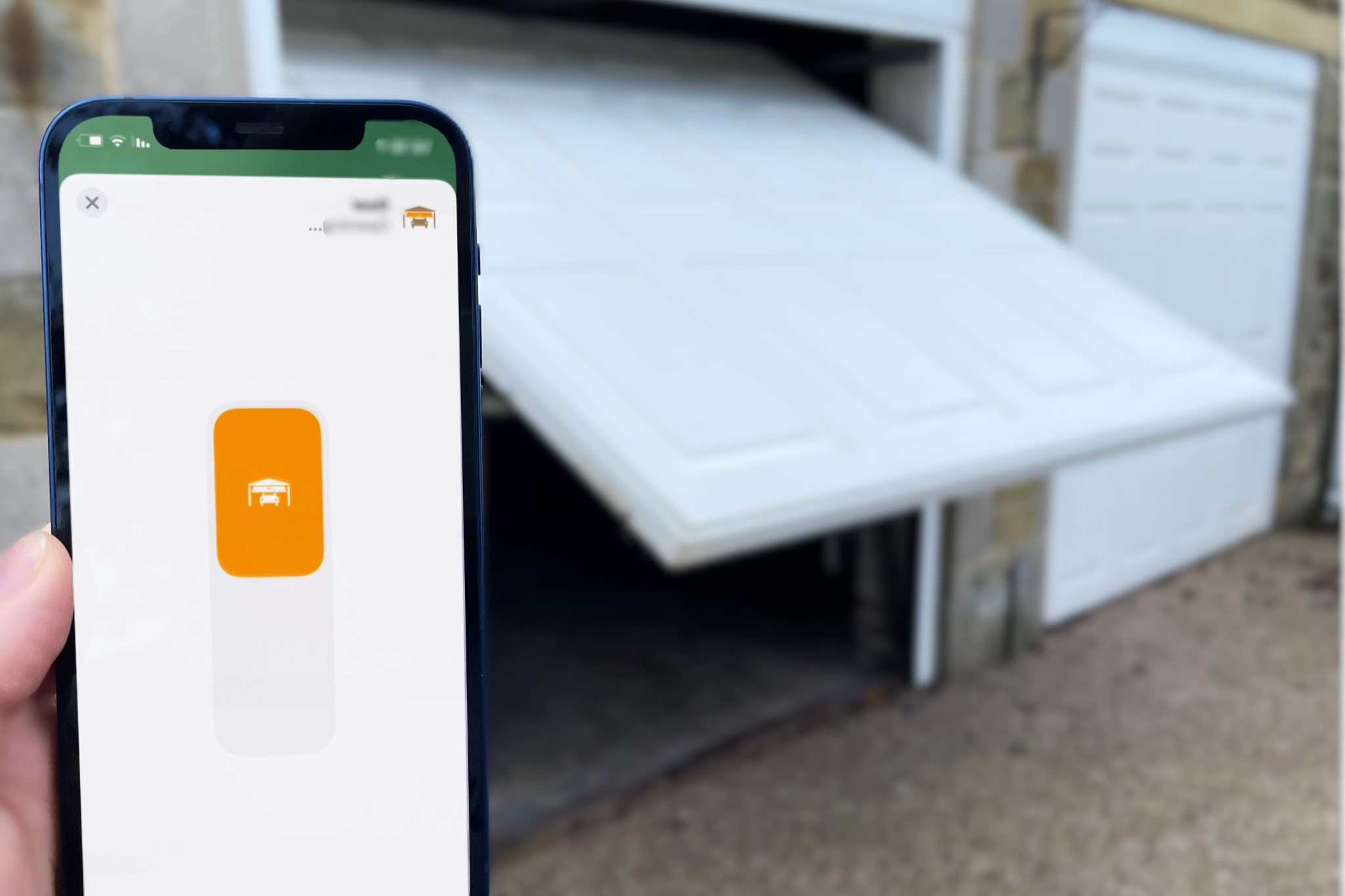
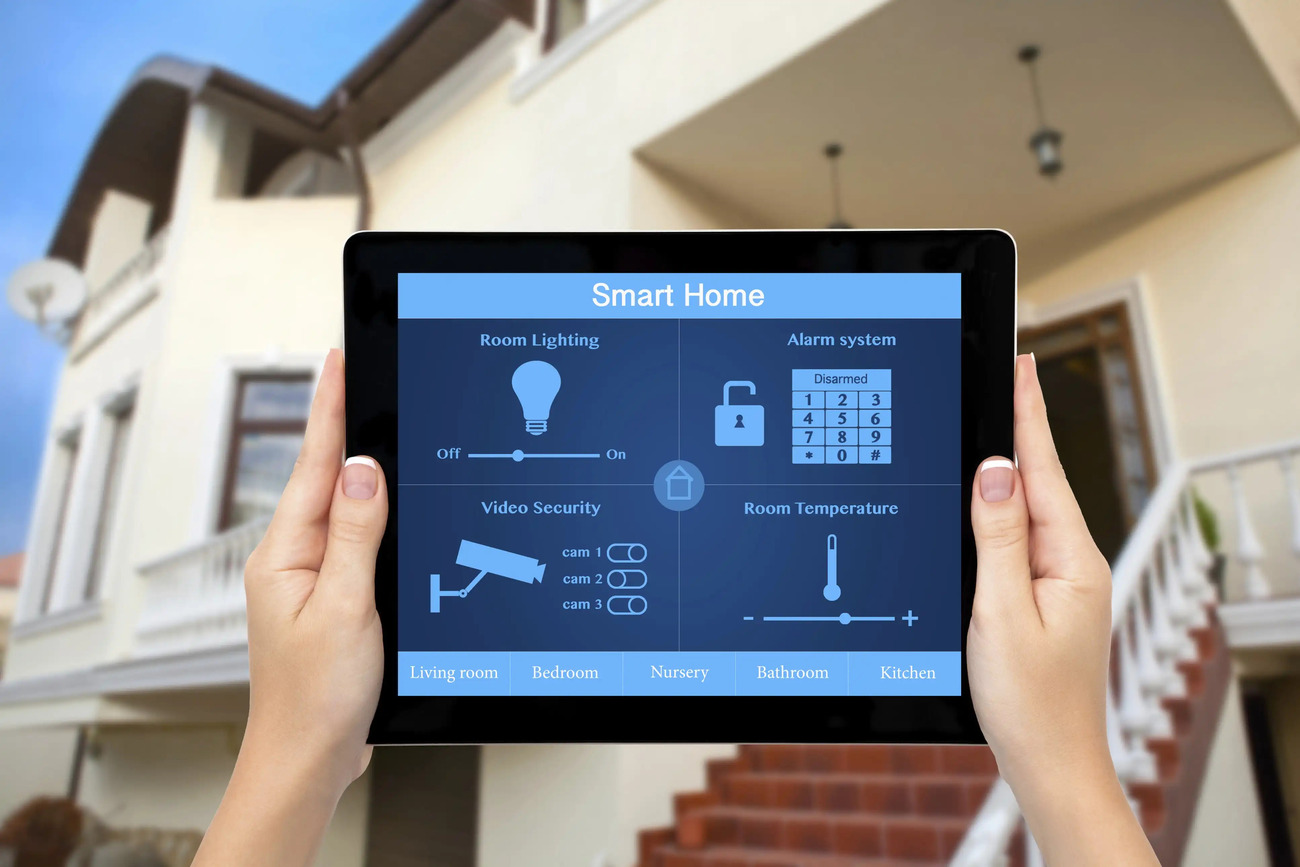
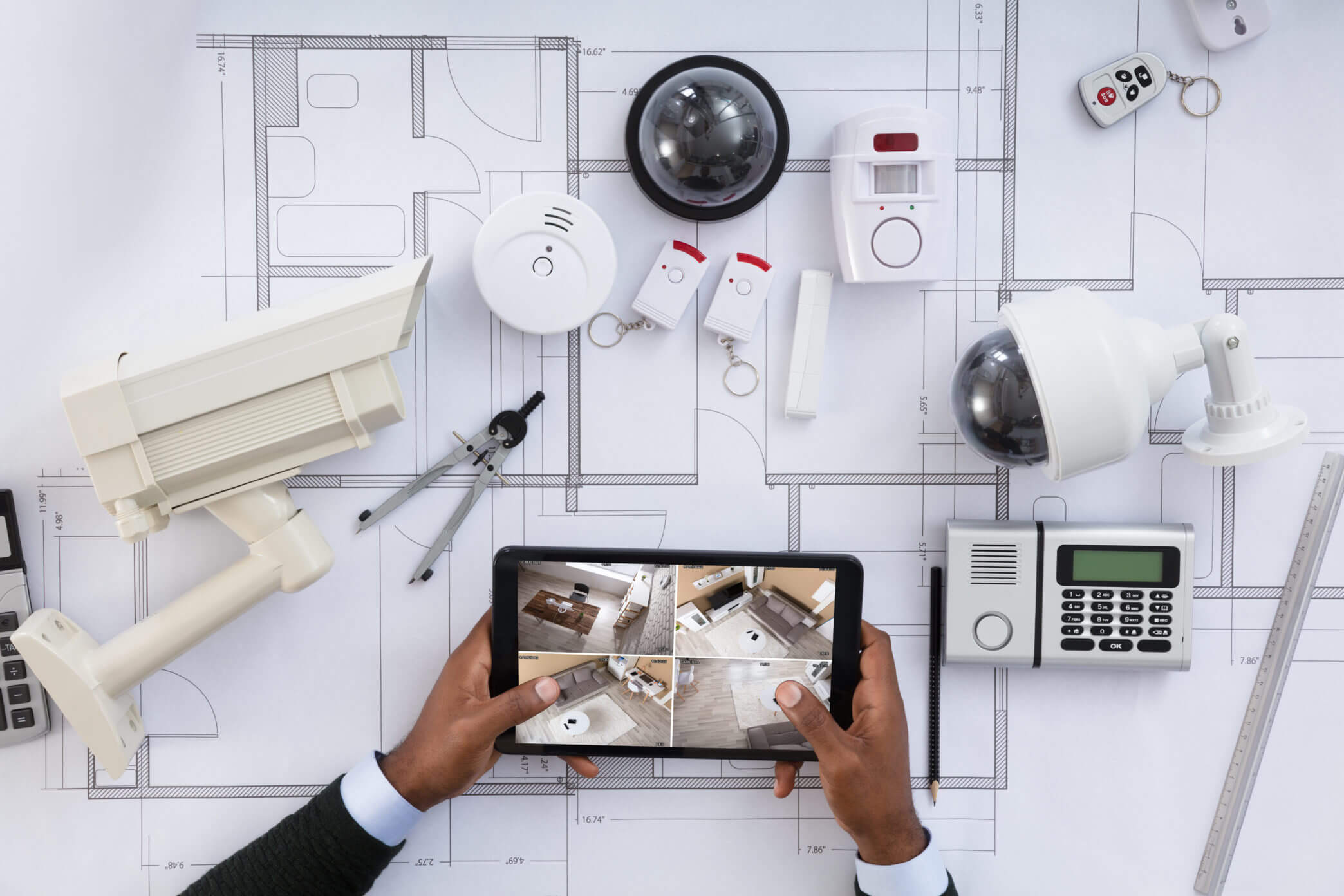
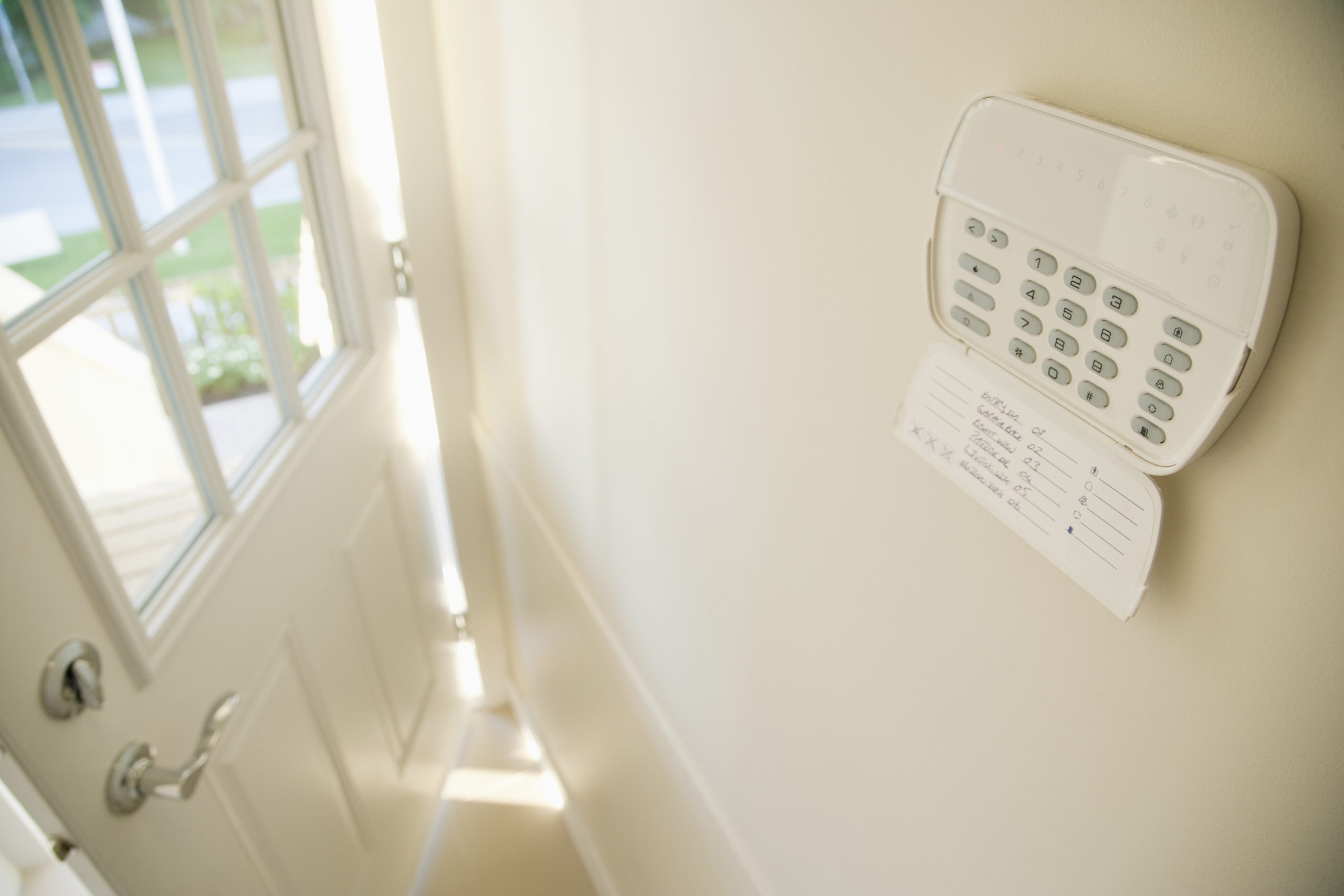
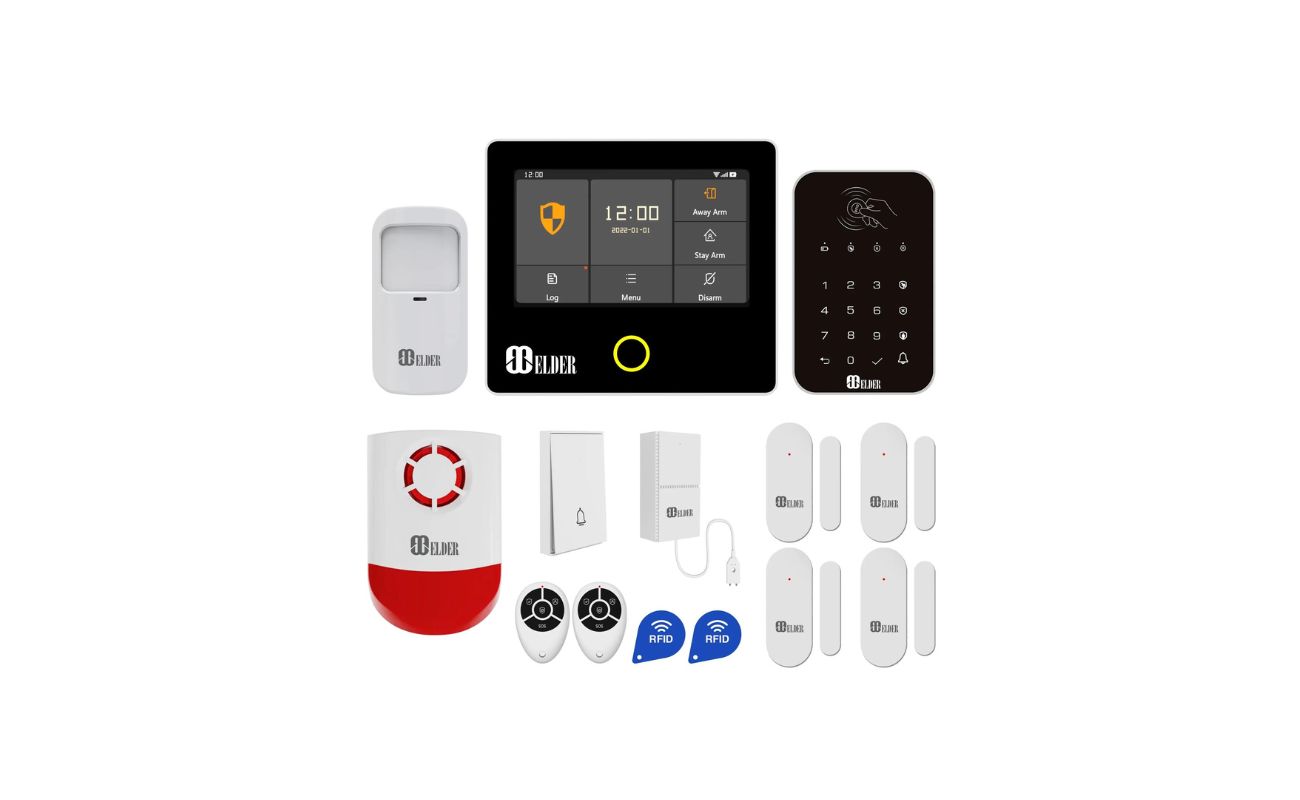
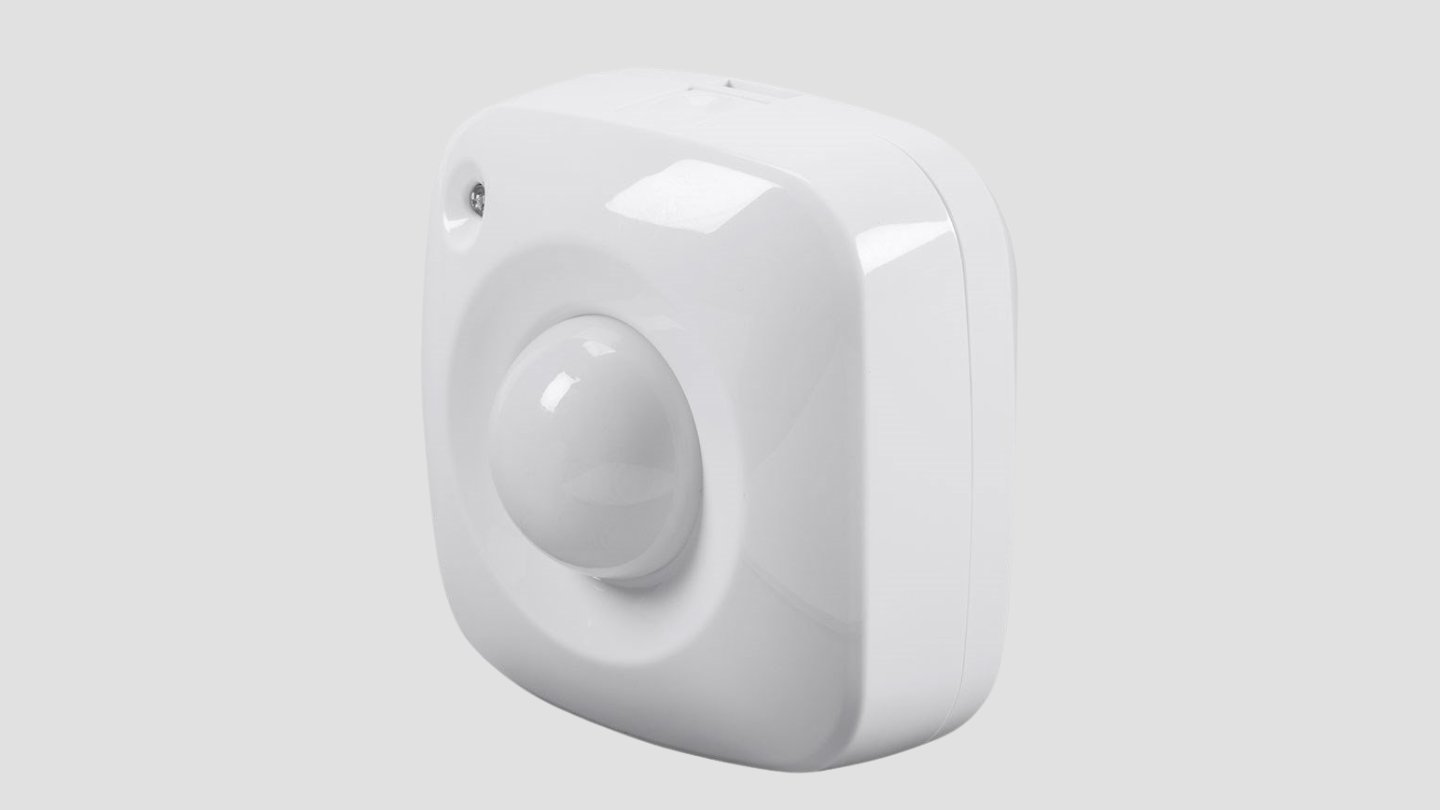

0 thoughts on “Smart Home Security System Integration for Comprehensive Protection”